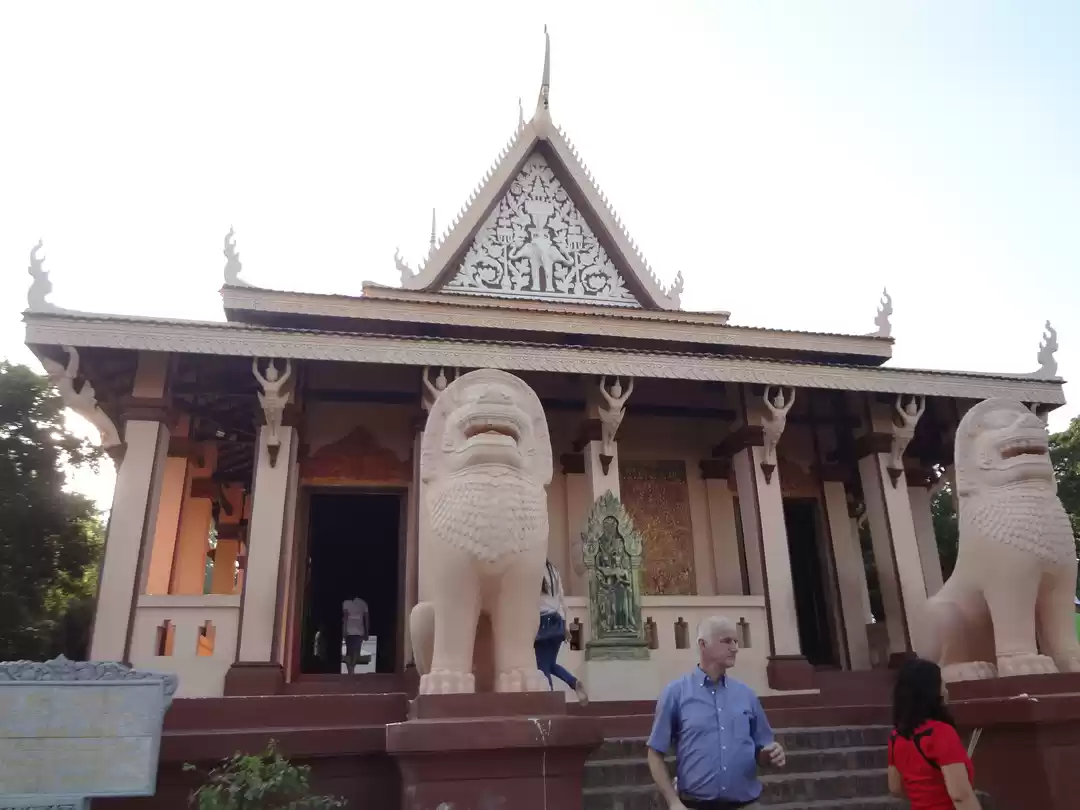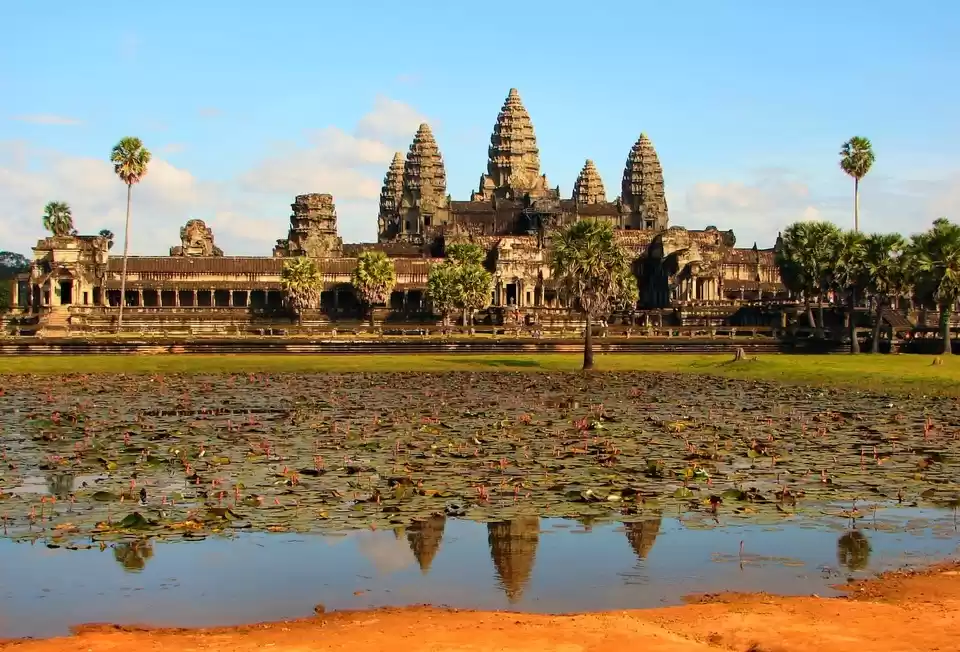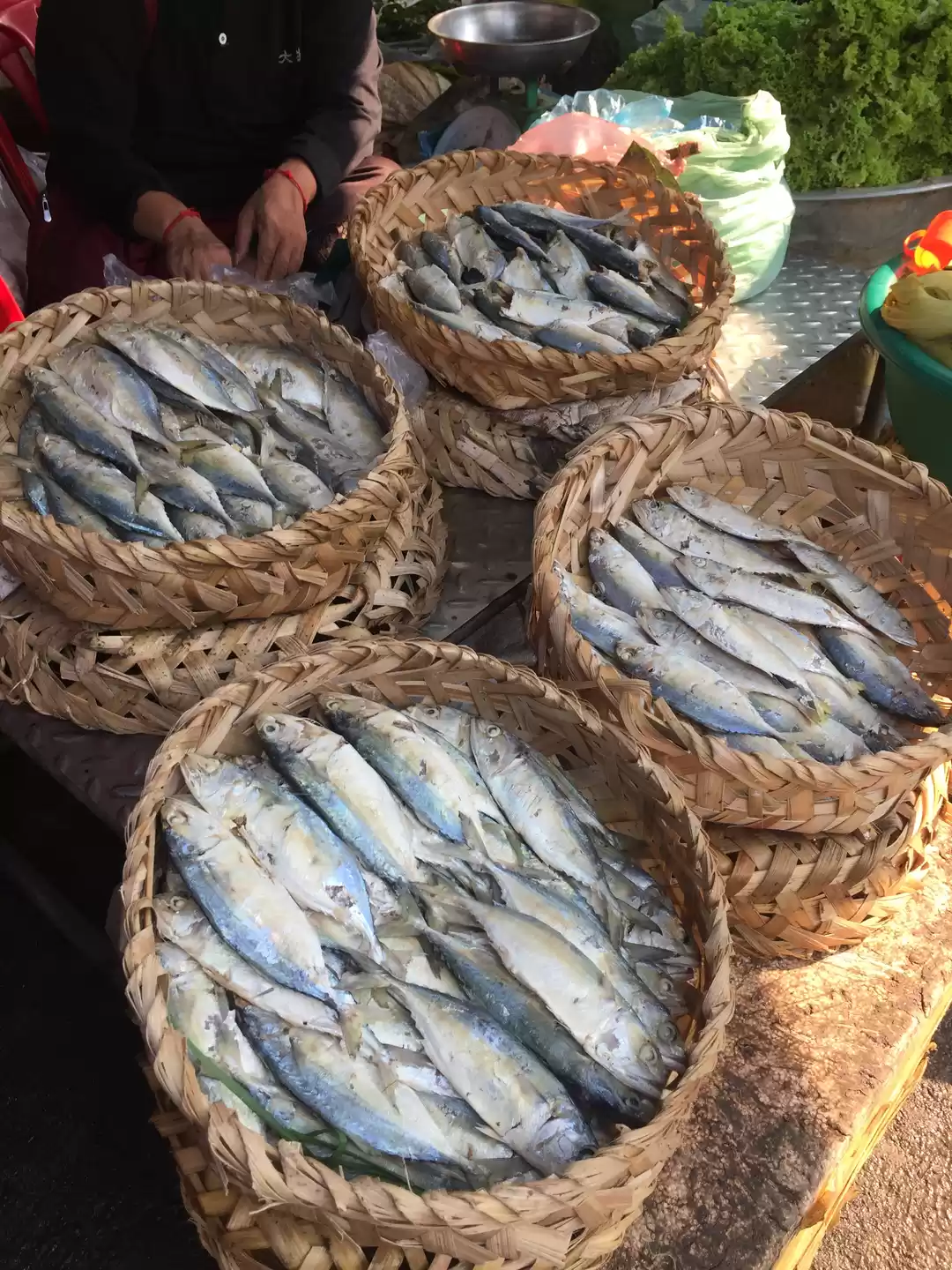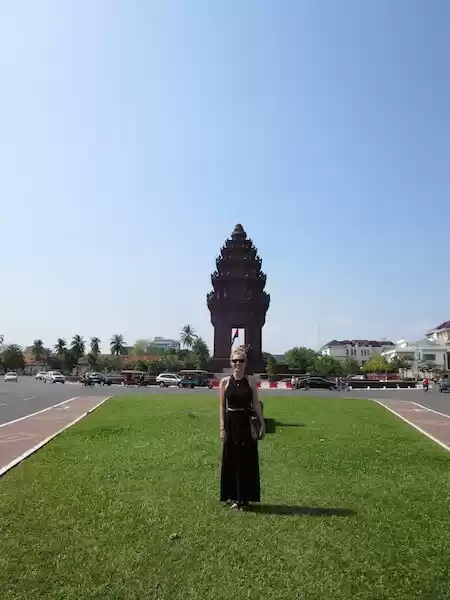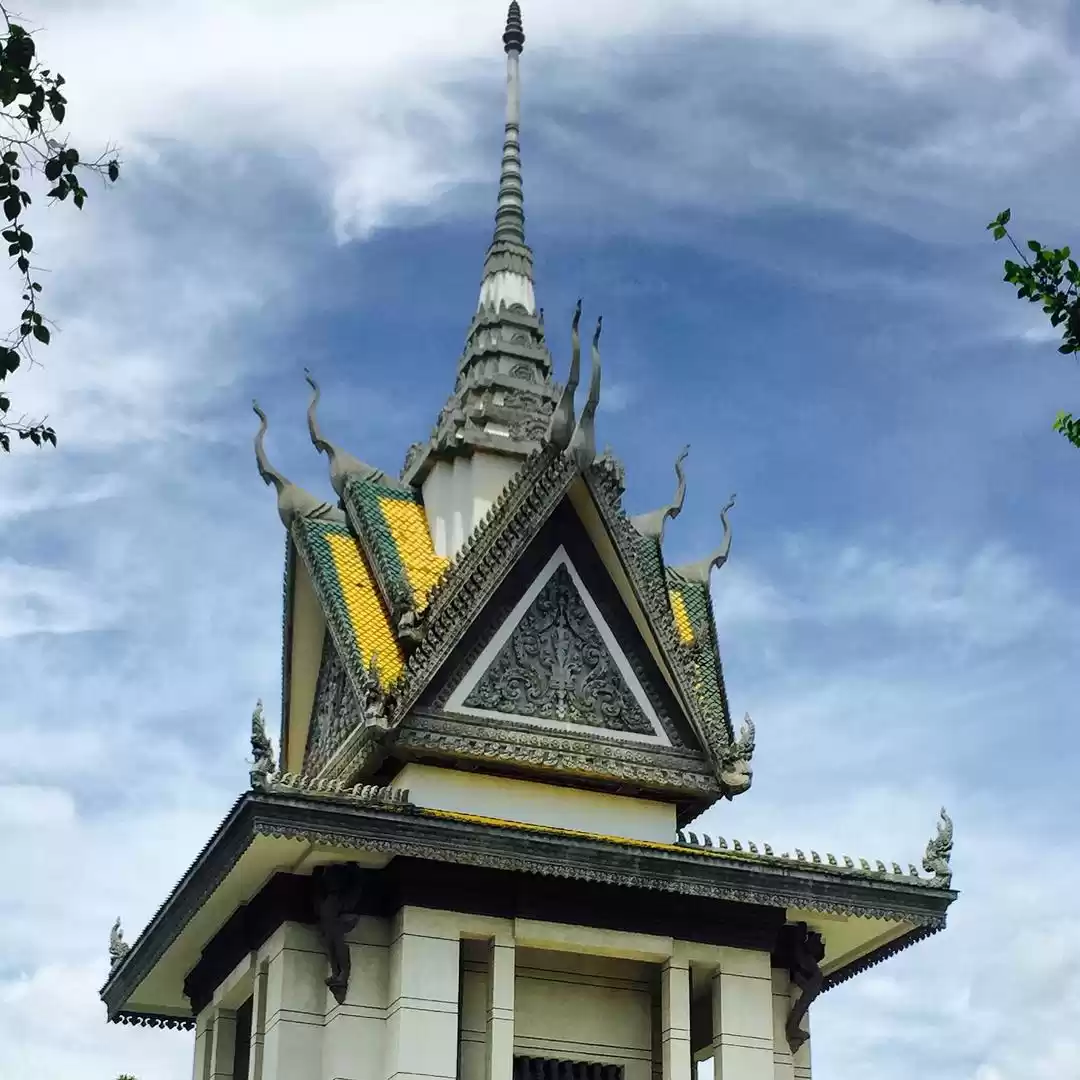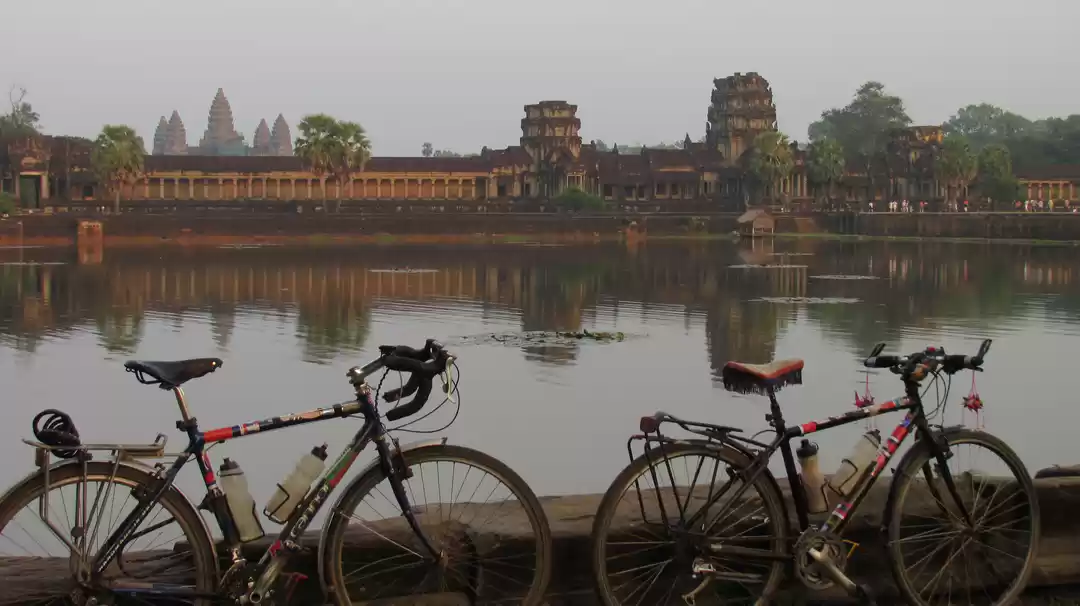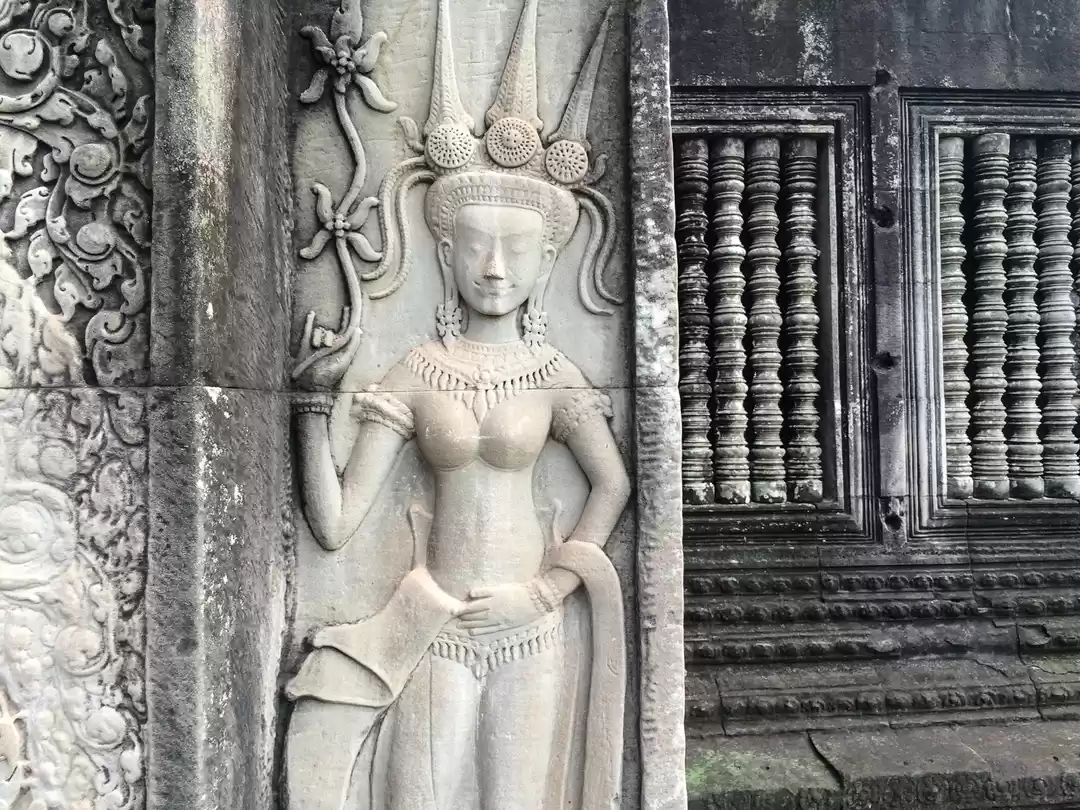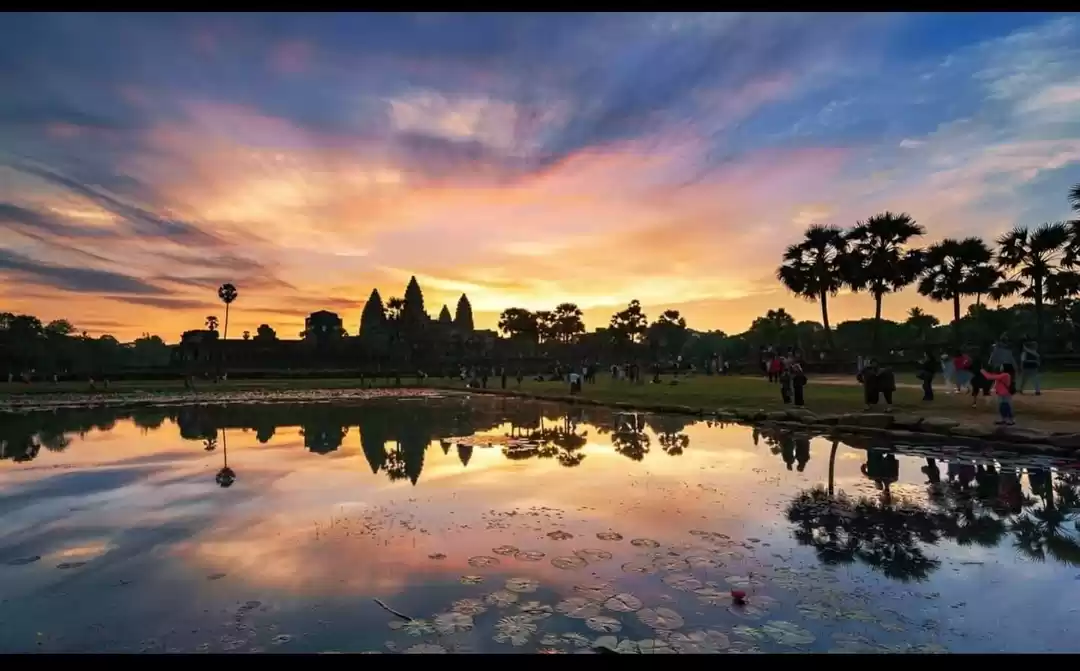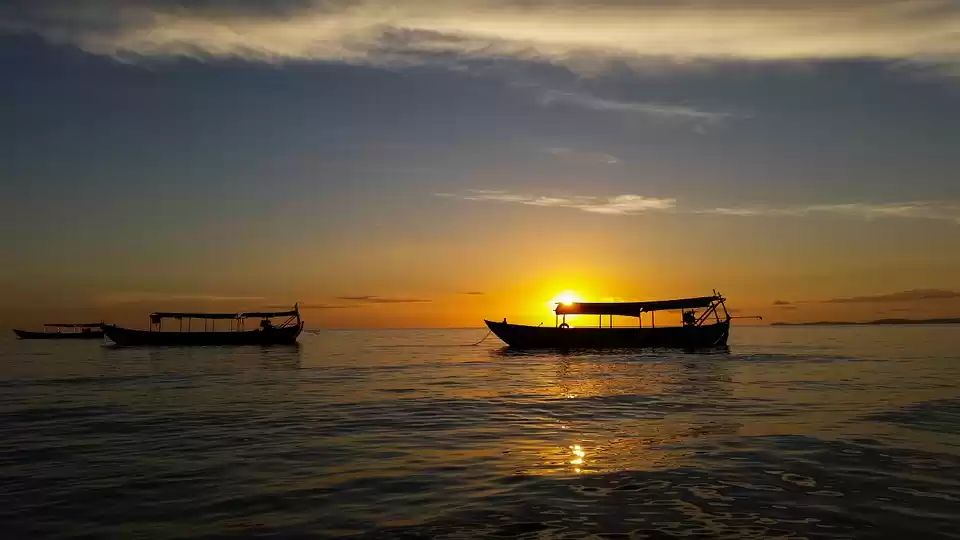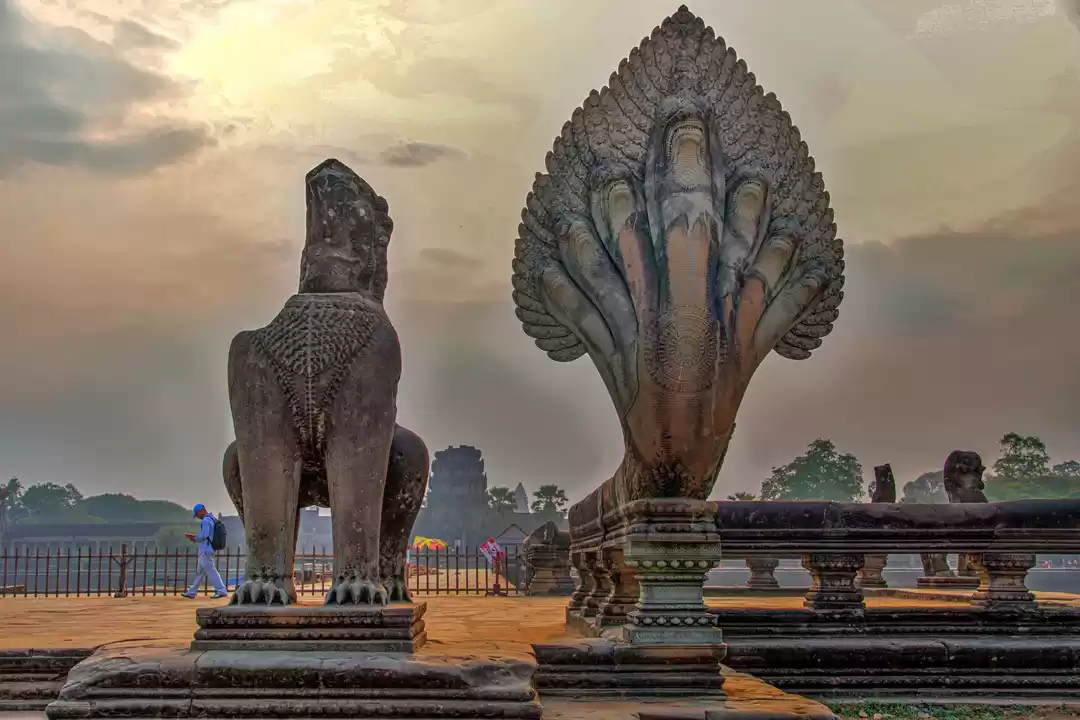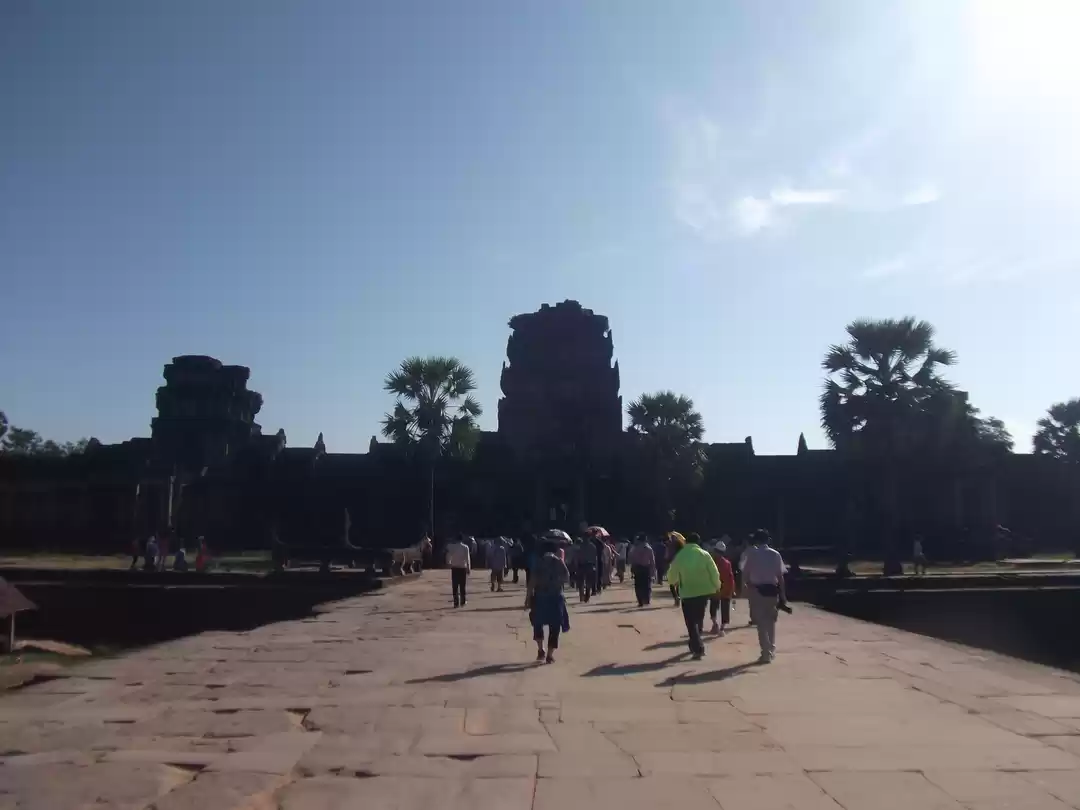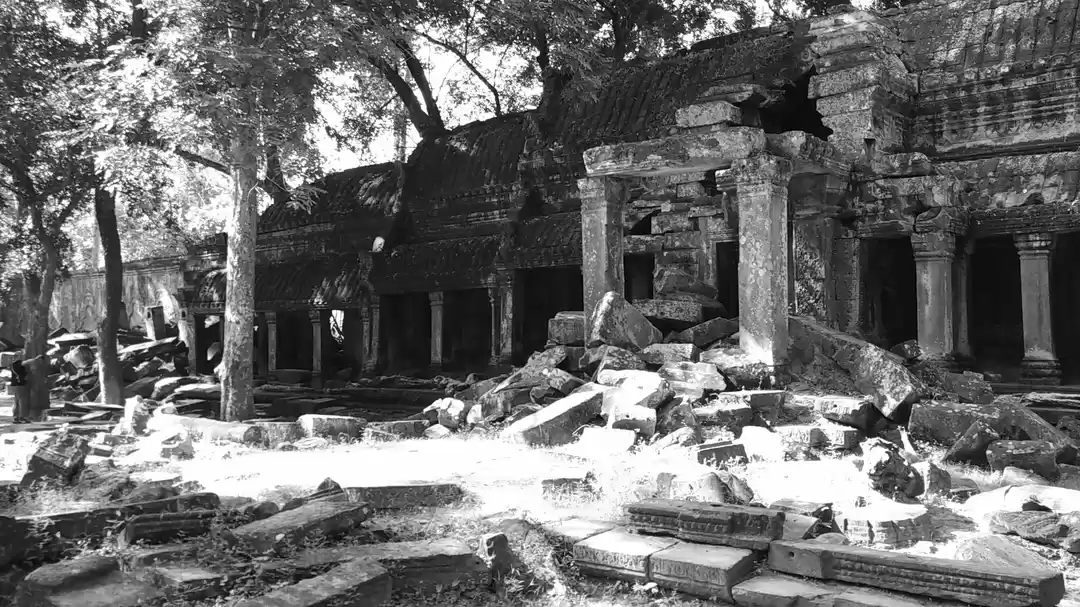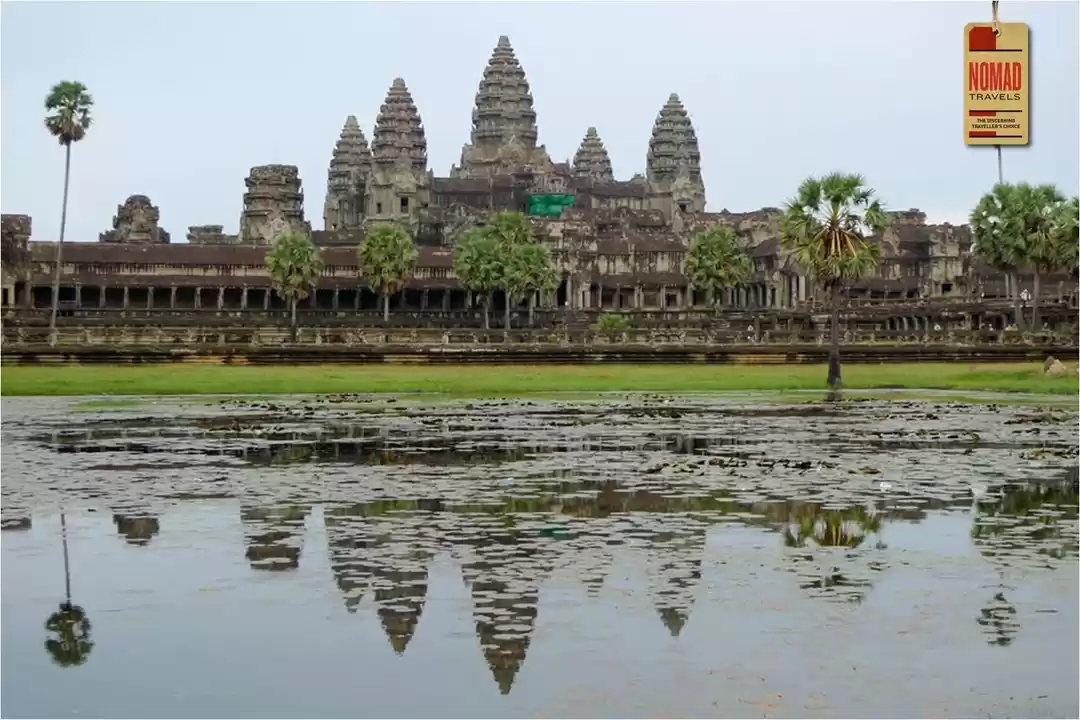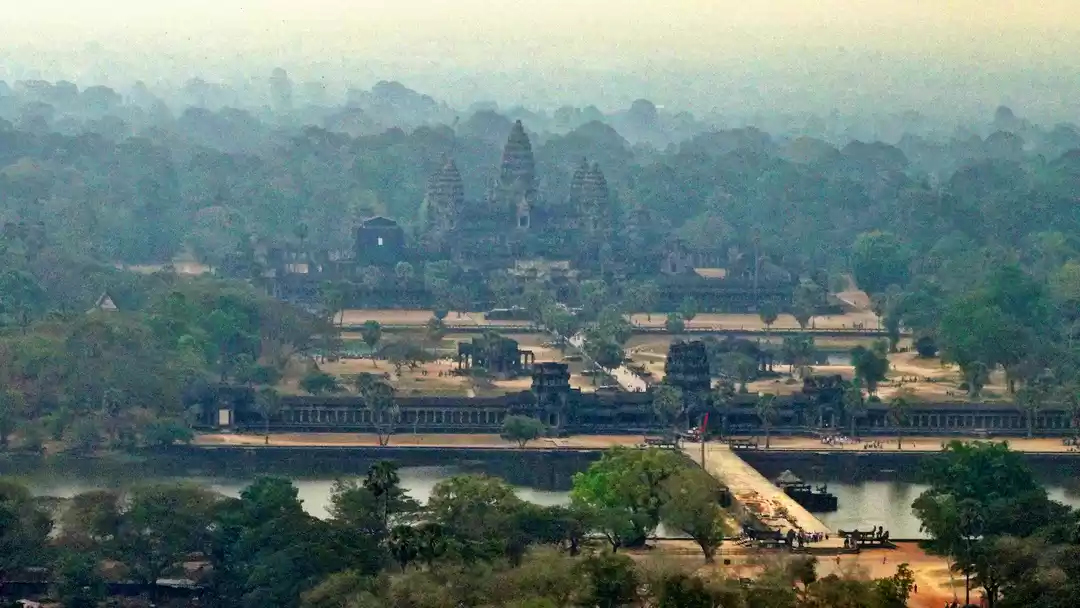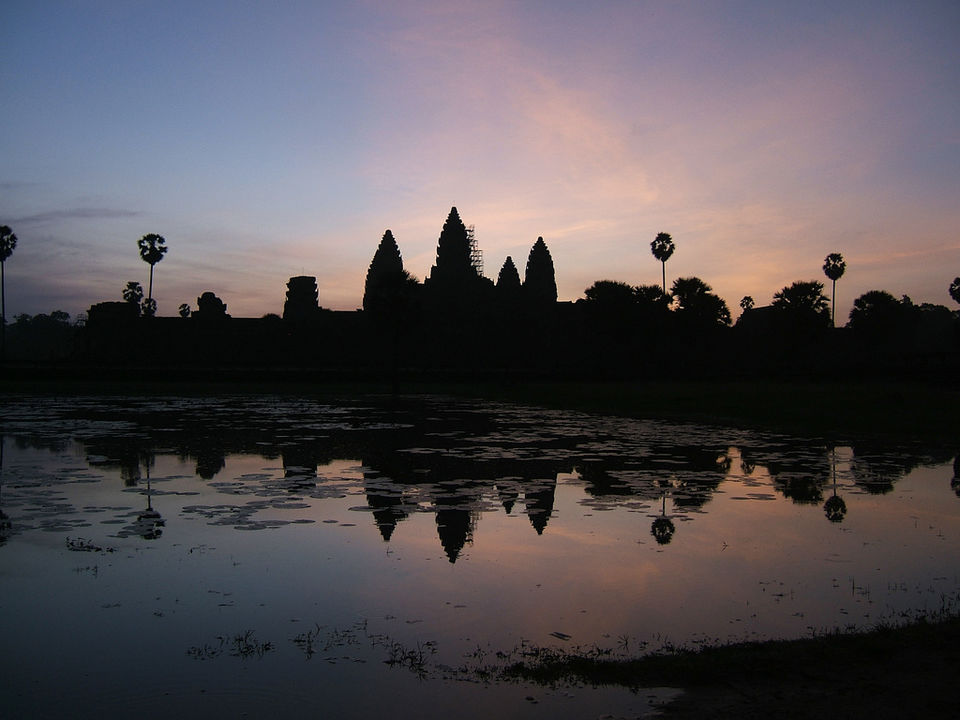

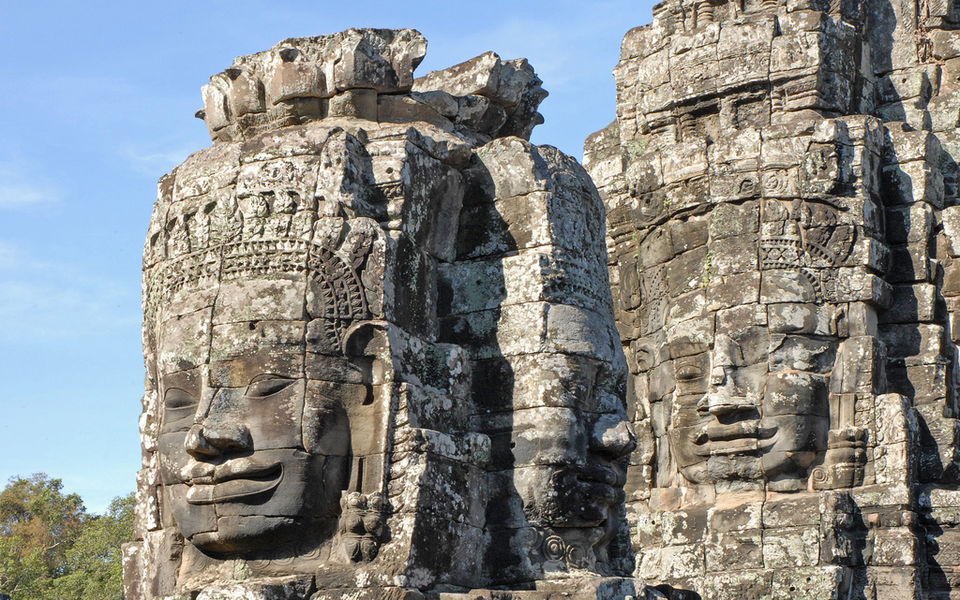
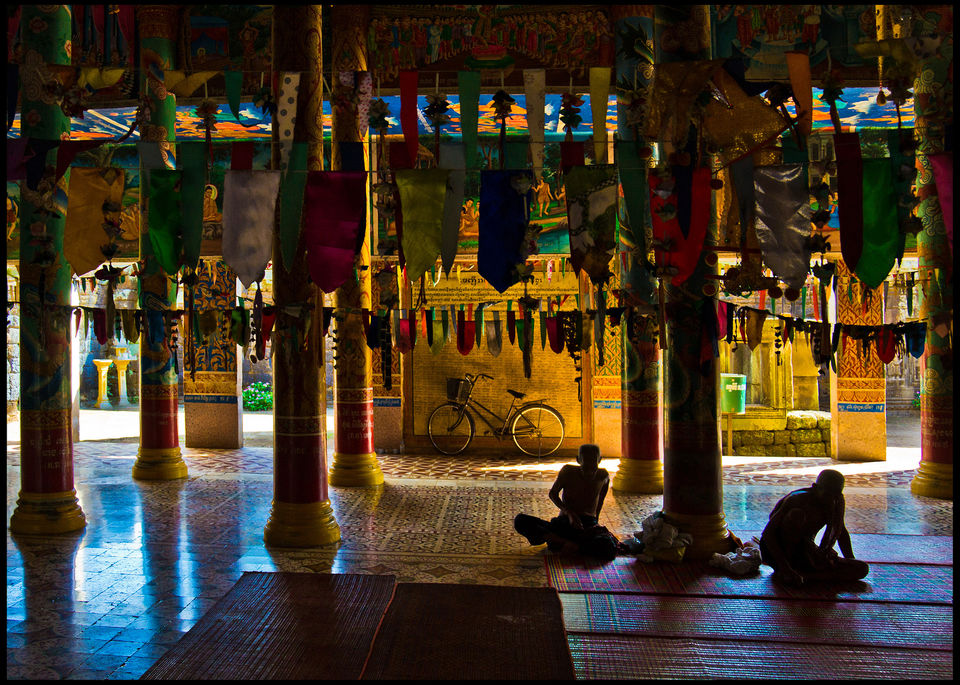
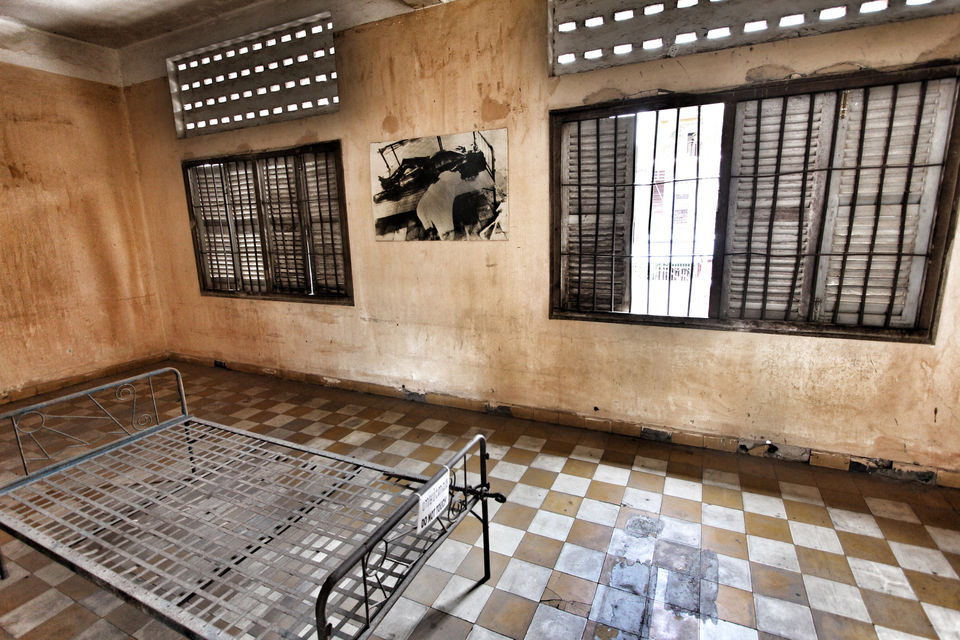
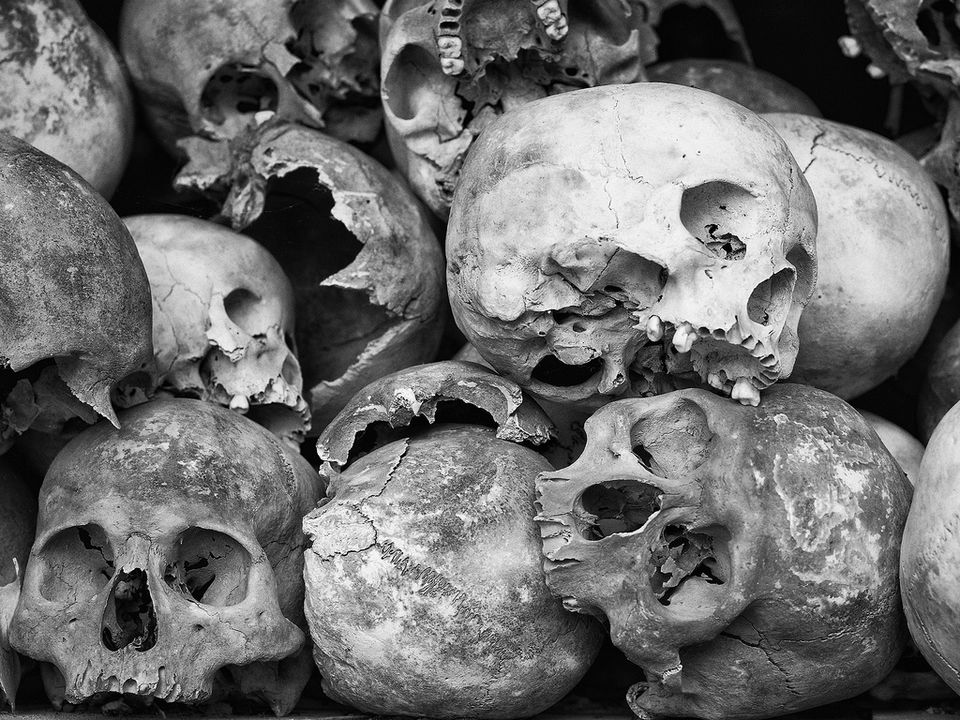
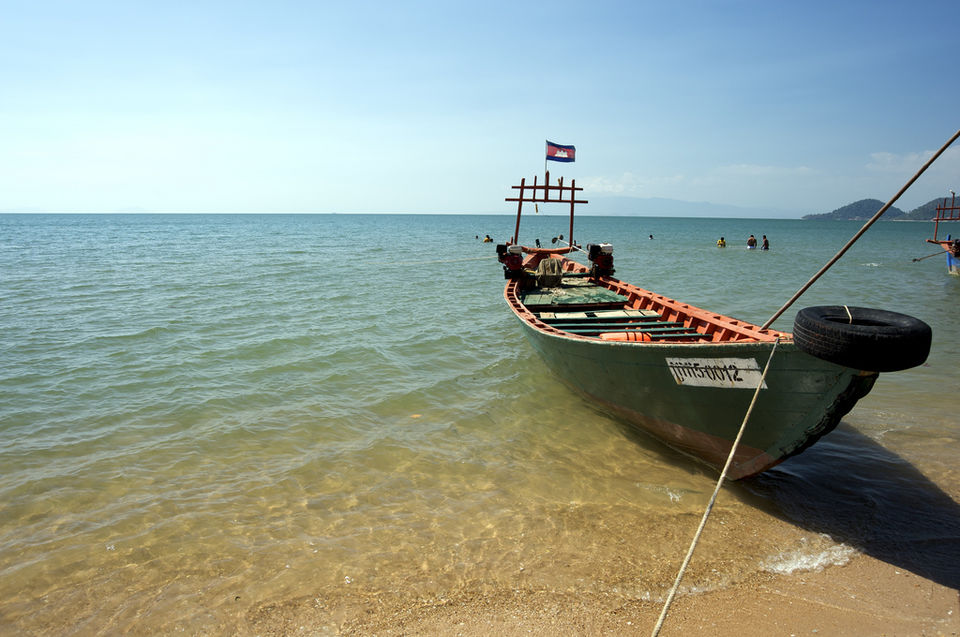
Before I tell you about my actual experience in the country, I have to admit that I was a little nervous and cynical about going to Cambodia. This might have benn triggered by the many precautionary notes I read online or reviews by my over solicitous friends. Unpredictable, dangerous, unsafe and poor were the words constantly ringing in my head. I had a long debate with myself for some days before finally making up my mind. And now when I’m writing this trip I can ask only one question to myself - how could I just assume Cambodia was going to be scary?
The rich history and culture is something to be discovered and when you do, you will fall in love with this enchanting place. From tragic and troubled past to flourishing present and future, if you are looking for an affordable vacation, Cambodia should be your choice hands down. Cambodia is a Southeast Asian country that is bordered by Vietnam, Laos and Thailand. We started our journey with Angor Wat, which is in Northern Cambodia and also the former capital of the Khmer Kingdom. Angor Wat is truly one of the marvels of the archaeological world. From theren we moved on to the vast ruined city of Siem Reap. This city is increasingly becoming one of the most famous spot among the ones intrigued by history.
Our next stop was Kampong Cham. This place is not much frequented by tourists. Staying back here introduced me to the colonial French charm that this town entails. We made a quick stop at the quaint small town of Kratie. Then we moved further down to Phnom Penh, a place that can still give you jitters. Our trip ended in the tranquility of Koh Tonsay (Rabbit Island). If you are looking for a destination with historical places and yet don’t want to give up on the beach, Cambodia awaits you.
You can’t miss the splendid relics of several capitals of the Khmer Empire. These remnants belong to an age old era of the 9th to the 15th centuries. This park has been listed as UNESCO World Heritage site since 1992. The temples here were built keeping Hindu concept of representing mythical Mount Meru in their structures. This can be very well seen even today. Travel Tip - Angkor has no accommodations as such. Siem Reap is close by and serves this purpose.

This monument qualifies as one of the largest monuments from the Khmer times. King Suryavarman II around the beginning of the 12th century built it. The sculptures are believed to be of the temple where Lord Vishnu was worshiped. But some scholars suppose that it was built as a tomb for the king after he died. The magnificence of this place is unrivaled. It took me some time to absorb the beauty and the architecture of this place. This is definitely one of the most remarkable structures I have seen. Travel Tip - I would suggest you read up on this place’s history and also about the structures before you visit.

This is one of the most enigmatic buildings. Huge faces carved on the stone embellish the towers. Whose face is carved on the stone is still not certain. Most of the scholars, however believe it is that of the Mahayana Buddhist King Jayavarman VII's face due it's similarity with the 216 gigantic carved faces. It constitutes as a fascinating mystical place.
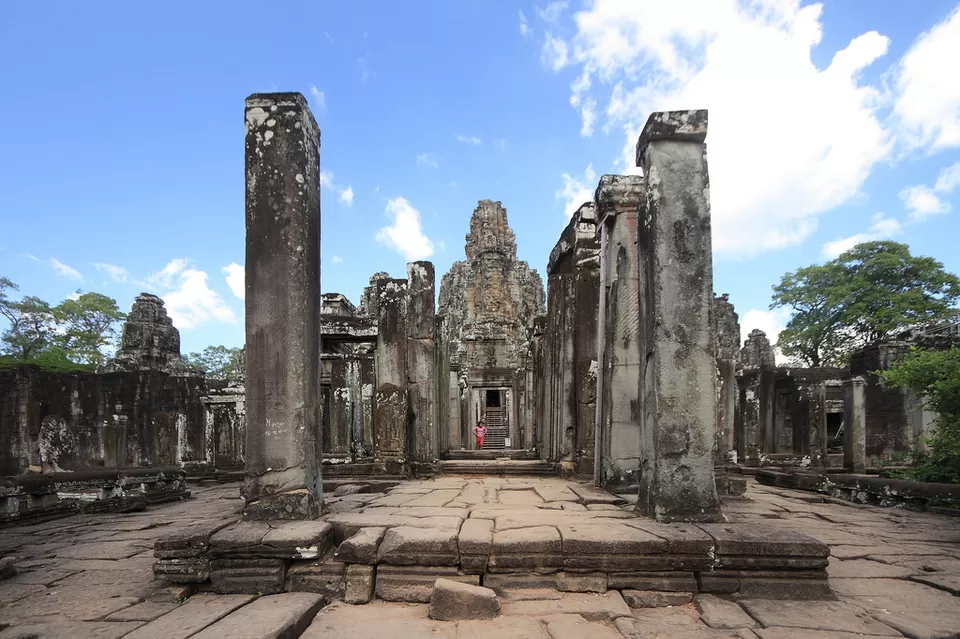
After spending the day around archaeological wonders, we went to Siem Reap to rest. In contrast to the day’s experience, the nightlife here was much lively that we expected. There are pubs that you can easily spot by their neon boards. It was a night with Angkor beers and dancing in the lasers. This city is just 10.5 km away from Angkor and evening is the best time to arrive here.
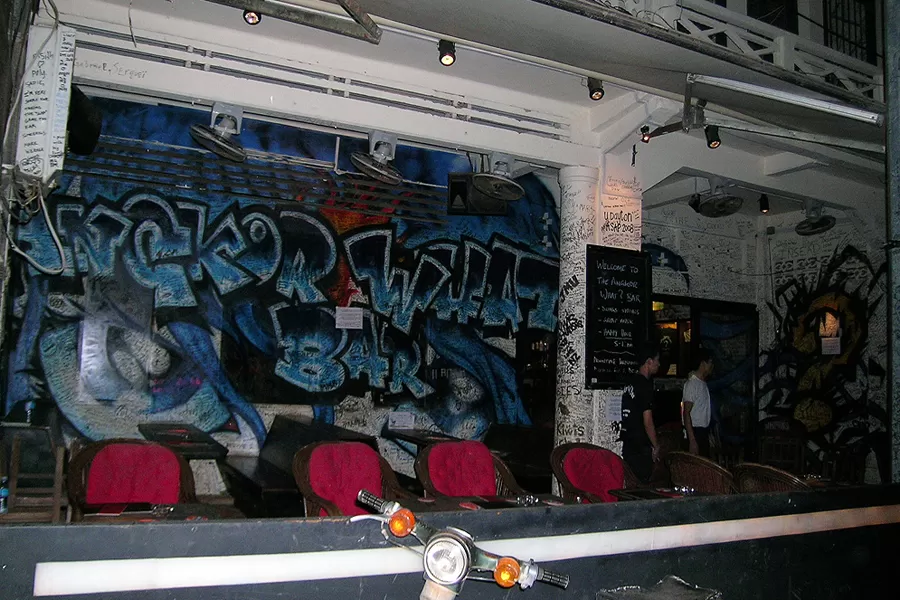
This is about 262 kms away from Siem Reap. The charm of this place is in its laid-back atmosphere. Nokor Wat has some ancient stories that you should make sure you hear from a local. These are stories that are passed down through generations. The legend explains not only how the temple was built but also how the Chinese came to settle in this area. The beautiful temple still stands strong. The monument was built out of sandstone and dates back to 11th century. The central tower is adorned with Buddhist pictures. The evening was well spent watching the traditional Cambodian dance: Apsara dance. You can catch this performance around 5 pm behind the temple mainly on weekends. The children and teenagers surprised us with their charming dance moves. It is one of the most exquisite dance forms with slow and elegant moves.

Our next stop was 124 kms away. It is a small town in northeastern Cambodia. It is relatively remote and you won’t usually find tourists here. Our sole purpose to come here was to ride through the countryside and discover the many remote roads. We spent the entire day cycling around remote villages along the sides of Mekong River. You can ask for directions from the locals to catch up on some musical performance. It is a very quiet town and I surely enjoy a day travelling across this tiny town.
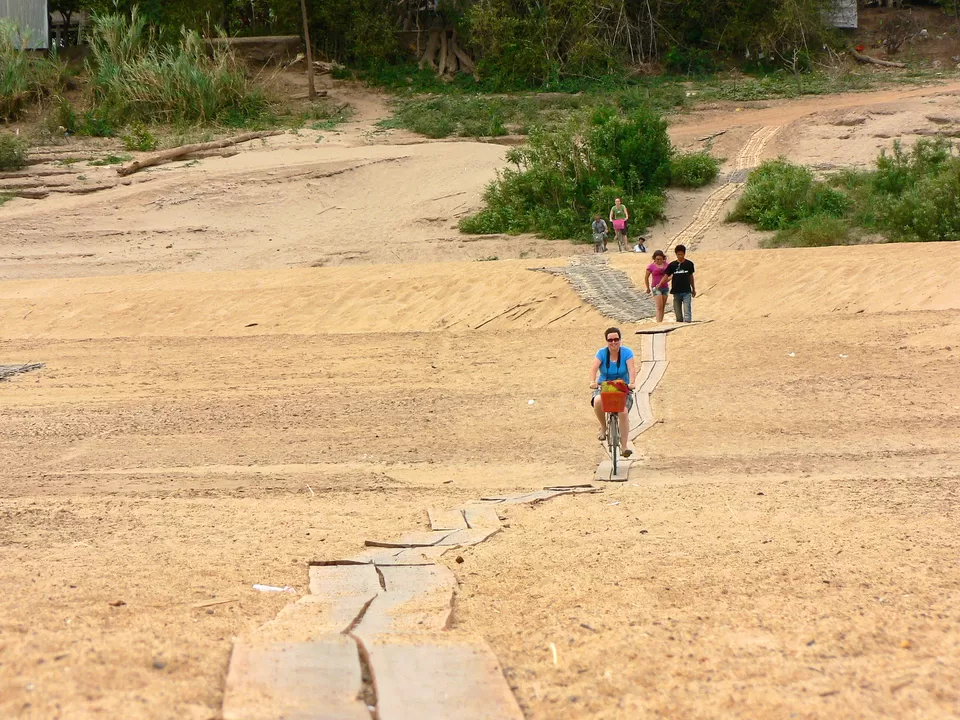
This capital of Cambodia is 236 kms away from Kratie. This capital is probably known for its tumultuous past with Khmer Rouge’s takeover in the 1970s, murderous plots and crumbling civilization. Tuol Sleng Genocide Museum, one of the most important prisons of Cambodia stands symbol to thousands of people who were tortured before being killed. You can still lay hands on some unsettling photographs of people dying. There are skulls still stacked up in some parts. It stands proof to the somber stillness of this place stands true to the atrocities committed here once upon a time.

About just 17 kms away is the neighboring chilling places in Cambodia where Khmer Rouge slaughtered thousands of people during their dark ruling period of horror. There are thousands of skulls even today for the visitors to see. The oppressive regime’s unsympathetic outcome can be seen in the mass graves in the nearby areas. A visit to this cold place acquaints you with the austerity of the rulers.

The best way to end this trip was to spend a laid-back day by the shores of this idyllic island, which was 160.5 kms away. It is beautiful and secluded. The scenery is truly magical and is less frequented by tourists. Extensive shorelines and crystal clear waters add to the daintiness of this beach. All you would want to do here is lie by the sand and wait for the sun to descend.
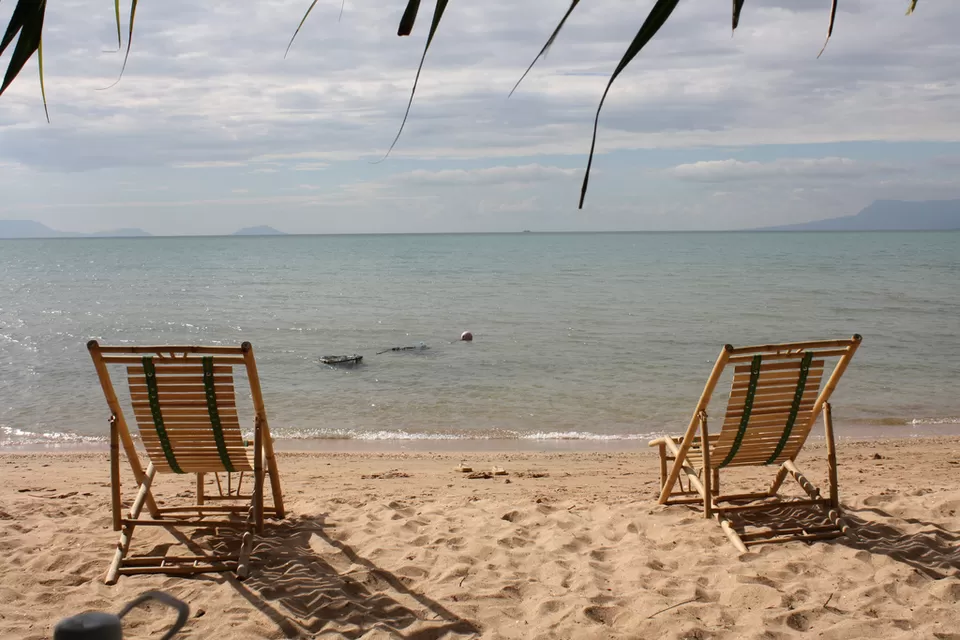
Frequent Searches Leading To This Page:-
Historical places to visit in Cambodia, Cambodia historical sites, Cambodia tour itinerary, Historical places of Cambodia, Best beaches in Cambodia


